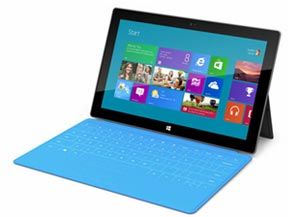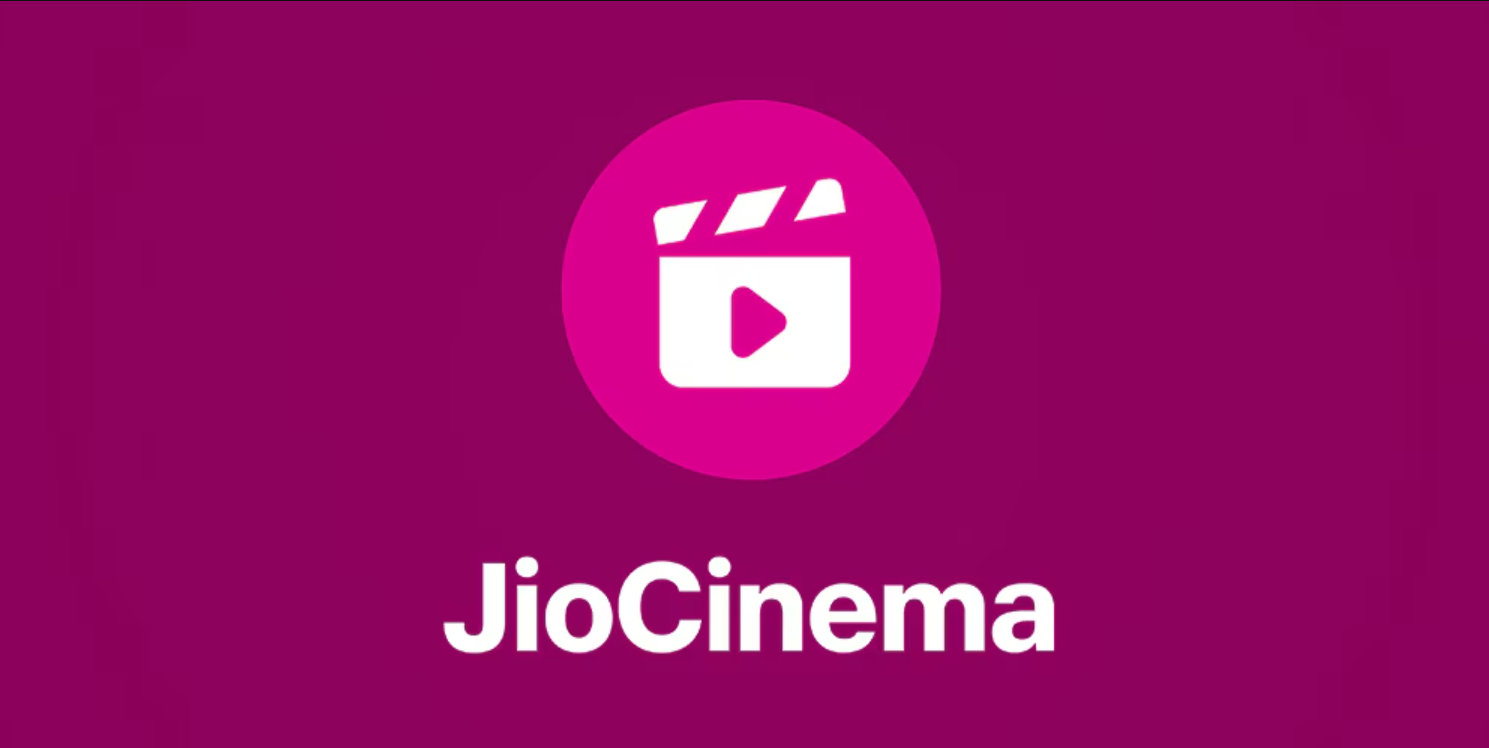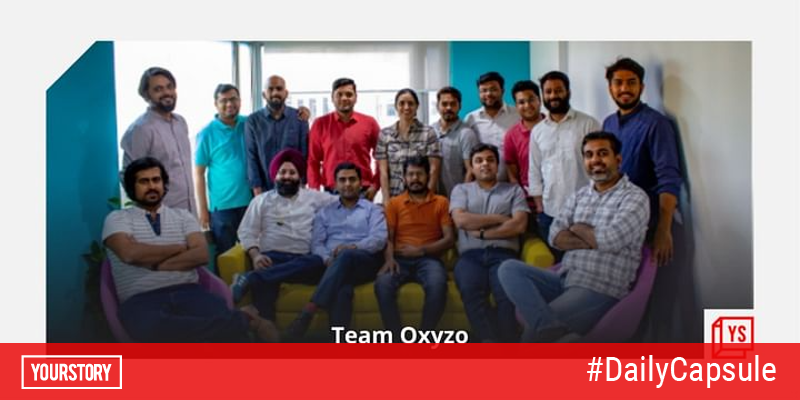Who Will Win the Tablet Wars?
The tablet market has seen lots of excitement ever since the launch of the Apple iPad in 2010. What the iPhone did to the smartphone market, the iPad has replicated in the Media Tablet market. Following its success, several other companies have come out with tablets in a bid to capture a slice of this booming segment. According to Gartner forecasts, around 119 million media tablets will be sold to end users in 2012, and this figure will triple to 369 million units by 2016. Sales figures aren’t the only way of gauging their success. Tablets have greatly enhanced user experience and mobility (compared to the smartphone and the PC, respectively) thereby becoming an aspirational device in the minds of the consumers.

From the first version of the iPad, which was launched in April 2010, to the recent iPad 3 that came out in March 2012, Apple has pretty much ruled the roost in the high end segment, with a device that has set the benchmark in terms of design, user experience and software integration. Although the Kindle app was available for the iPad, the 30% fee on purchases through iBooks prompted Amazon to design its own tablet based on the android operating system, and the launch of Amazon’s Kindle Fire in November 2011 shook up the low cost tablet space, by offeringeasy accessibility to content for just $199. The prospect of loss of ad revenue, since the Kindle Fire uses Amazon’s Silk browser and did not come preloaded with Google apps, resulted in Google looking at bringing out alow cost tablet, Google Nexus 7, which was launched in the last quarter of 2011. Windows Surface, on the other hand, is going to be aimed at enterprise users who are familiar with the Windows ecosystem and would feel more comfortable with the using it on their personal tablets. The Windows tablets, which are expected to be launched later this month, are expected to be priced closer to the iPad.

- With so many choices in the market, how does a consumer decide which tablet would be best suited to his needs? This blog compares the tablets on various specs.Design – As far as design is concerned, the iPad still has a ‘cool’ factor that is hard to beat. The Nexus and Kindle Fire are smaller than the iPad but easier to hold and smartly designed. Although Windows Surface is not as visually appealing as the rest, it has a fair share of carefully thought out design aspects such as the touch cover keyboard.
- Display – In this aspect, once again, the iPad takes the lead, with a large screen (9.7-inch), highest resolution (2048×1536) and retina display. Both the Kindle Fire and the Nexus 7 have 7-inch screens. Windows Surface has the largest display with a 10.6-inch screen.
- Processor – The iPad 3, Nexus 7 and Windows Surface all operate on quad core processors albeit from different manufacturers. Apple has its custom designed A5X 1GHz processor. Windows surface uses the either the ARM/Intel Mobile processor or the NVidia Tegra 3 processor. Kindle Fire uses a dual core TI OMAP 4 1GHz processor. The Nexus 7, which also uses the NVidia Tegra 3 processor and the iPad have the fastest and smoothest running processors of the lot.

- Storage – Like its previous versions, the new iPad comes with options of 16GB, 32GB and 64GB storage. The Google Nexus offers 8GB and 16GB options, while Kindle Fire has 8GB. In this respect, Windows Surface could win hands down as it offers 32GB and 64G storage capacity with the option of expanding to 128GB with the microSD card slot.However, with the trend towards cloud storage, this feature may not have as much relevance.
- Battery life – Apple’s iPad 3 has a Li-Po 42.5 Wh battery that has a life of 10 hours on Wi-fi and 9 hours on 4G. The Kindle Fire has a battery life of 8 hours without Wi-fi. The Nexus 7 has a 4,326mAh, 16Wh battery that lasts close to 10 hours, while the battery in Windows Surface is expected to last only up to 7.5 hours.
- Operating system – Each of these tablets comes with itsown customised operating systems. The iPad 3 runs on iOS 5, which will soon be upgraded to iOS 6. Nexus 7 runs on the latest Android Jellybean. Windows Surface has Windows 8 RT and Windows 8 Pro, while Kindle Fire runs on Android 2.3 Gingerbread.

Clearly, each of these tablets comes with certain features that give it an edge over the others. It remains to be seen whether customers will choose the superior user experience of the iPad, the quick processing capabilities of Google Nexus 7, the rich contentof Kindle Fire or the familiarity of the Windows Surface that is coupled with a touch cover keypad. While the world waits to see whether the iPad will retain its leadership or a new player will emerge the winner,customers will benefit from pricewars, better apps and advanced features as each of these players try to outdo the other.For companies and developers, getting apps ready for each of these platforms will gain significance.

More insight on the TechAheadCorp site.











